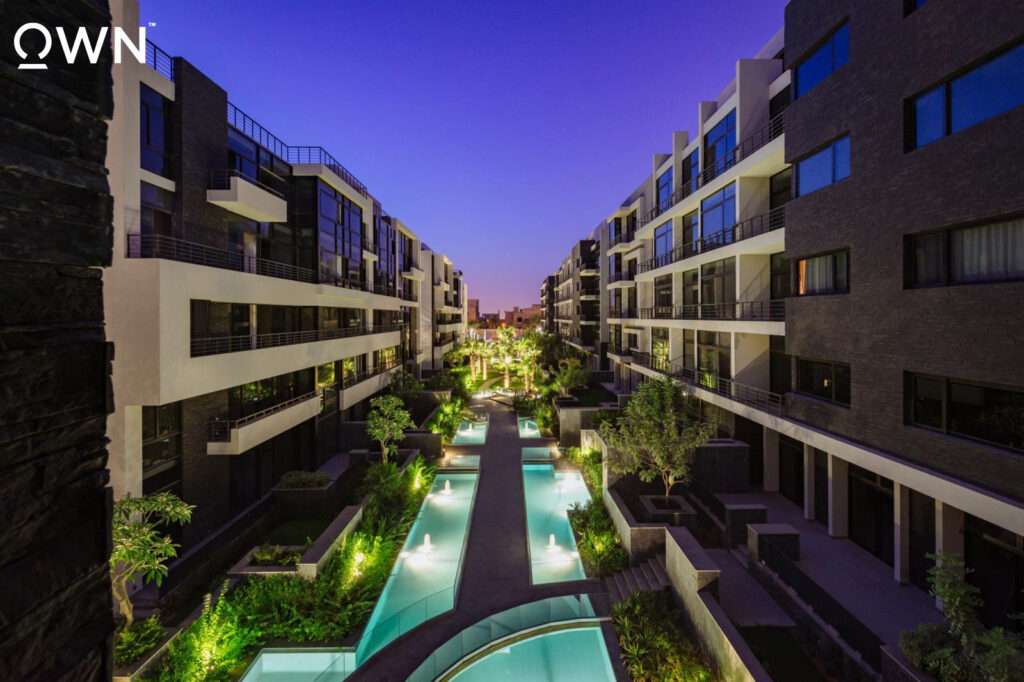Color psychology in home decor

The Psychology of Color in Home Decor
Introduction
When it comes to designing your home, color plays a pivotal role in creating the perfect ambiance. Color psychology in home decor goes beyond aesthetics; it influences your emotions, perceptions, and overall well-being. In this article, we’ll delve into the fascinating world of color psychology and how it can transform your living space into a haven of comfort and style.
The Importance of Color Selection
Color is more than just a visual aspect of your home decor. It has a profound impact on your emotions and behavior. By understanding the psychology of color, you can make informed choices that resonate with your personality and create a harmonious living environment.
Color Selection for Different Rooms
Every room in your home serves a unique purpose, and your color choices should reflect this. Here’s a guide to selecting colors for different areas:
The Psychology of Color in the Living Room
Your living room is a social hub, and it should exude warmth and hospitality. Earthy tones like warm beige, soft blues, and gentle greens can create a welcoming atmosphere.
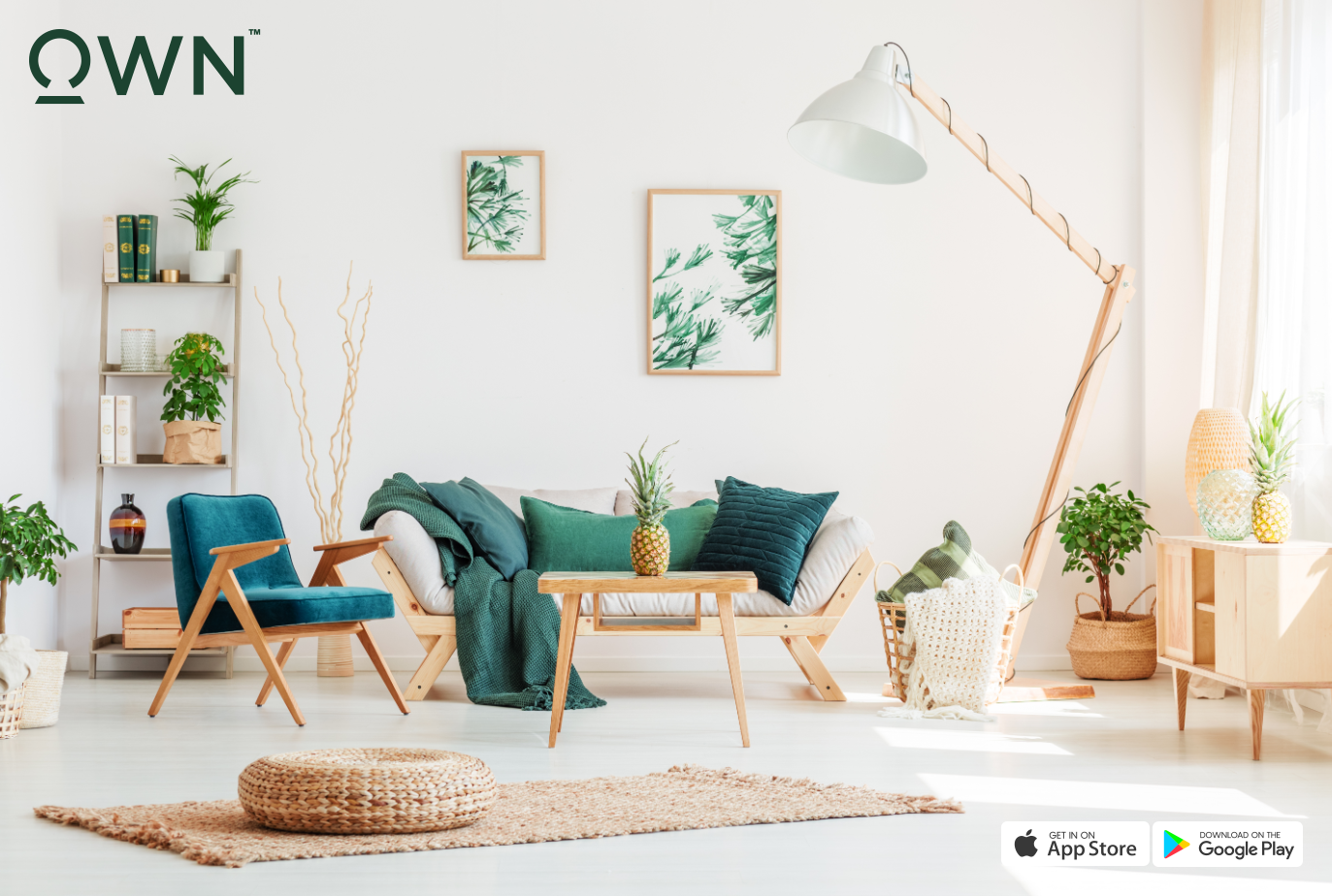
Color Psychology in the Bedroom
The bedroom is your sanctuary for rest and relaxation. Cool, calming colors such as soft lavender, serene blues, and tranquil grays can help you unwind.
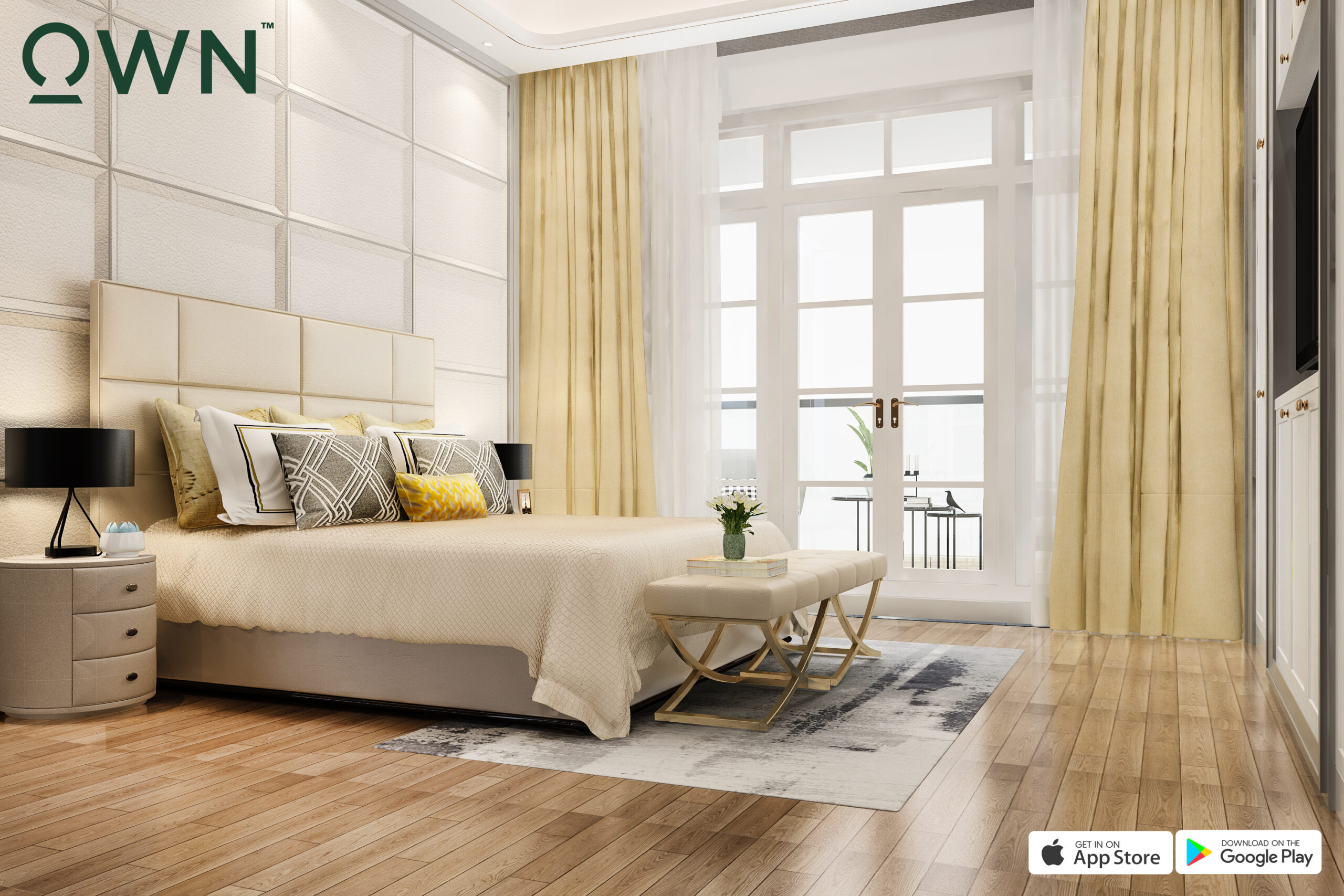
Energizing Your Kitchen with Color
In the kitchen, vibrant and energetic colors like reds, yellows, and oranges can stimulate appetite and create a lively atmosphere.
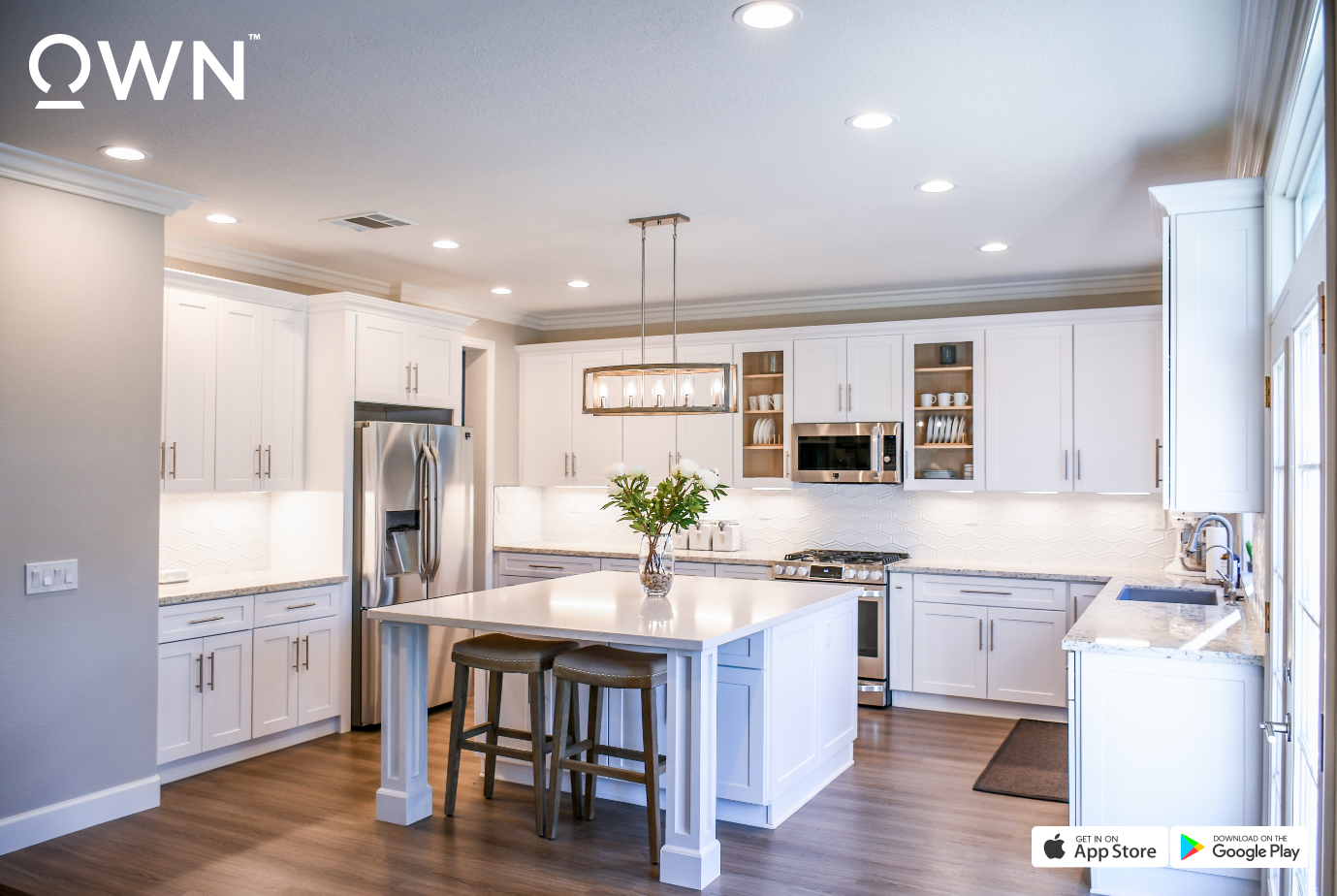
Tranquility in the Bathroom
For a soothing bathroom experience, opt for soft blues, cool whites, and pastel shades, which evoke a sense of cleanliness and serenity.
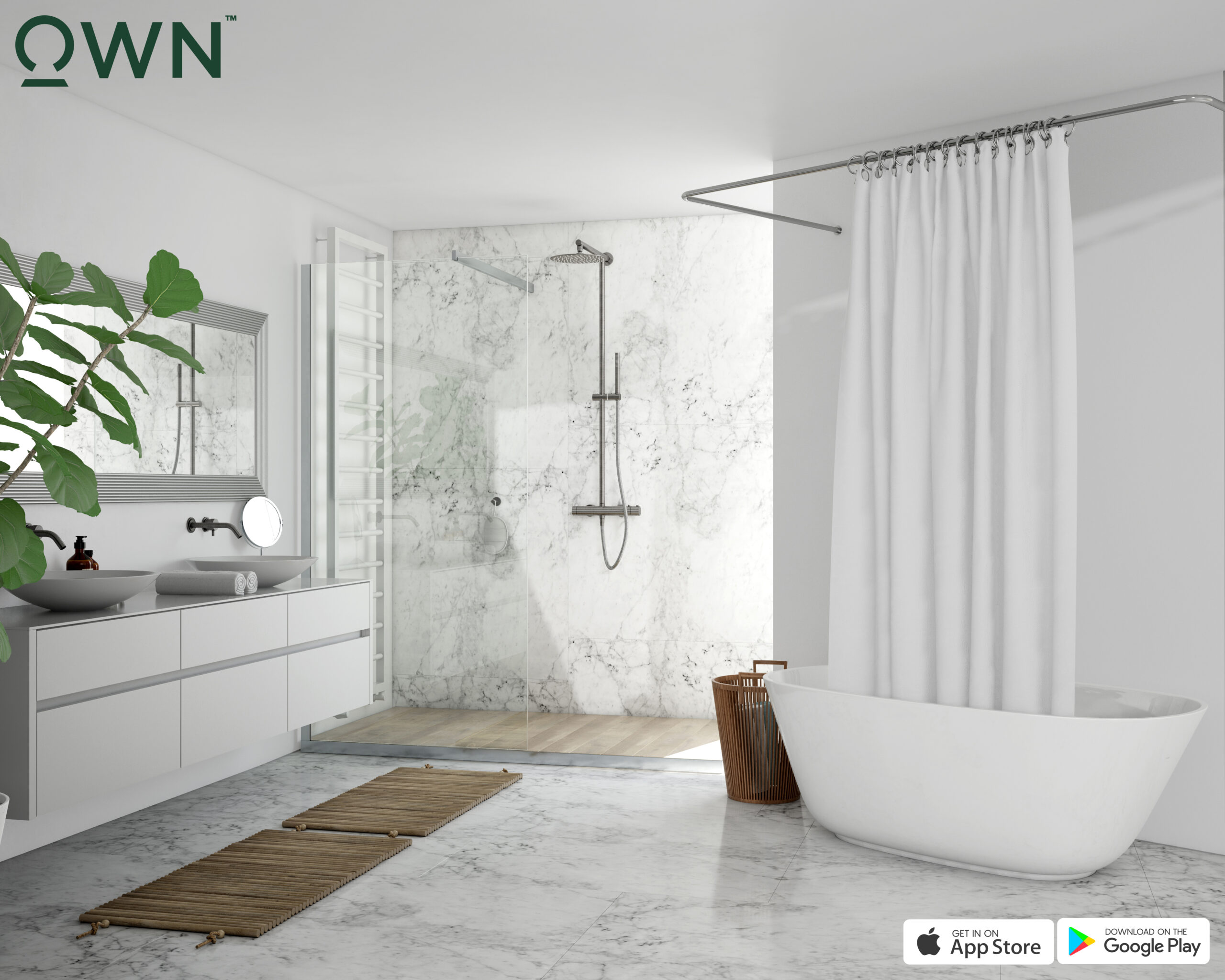
Personal Expression through Color
Your choice of colors in home decor is a form of self-expression. It reflects your personality, interests, and lifestyle. Let’s explore how to infuse your personal style into your living space.
Bold vs. Neutral Colors
Do you lean towards bold, vibrant colors, or are you more comfortable with soothing neutrals? Understanding your personal preferences can help you choose the right color palette for your home.
Balancing Contrasting Colors
Combining contrasting colors can create a visually striking effect in your decor. For example, pairing deep navy blue with bright gold accents can make a strong statement.
The Role of Accent Colors
Accent colors are like punctuation in a sentence. They draw attention to specific details or areas. By using accent colors strategically, you can highlight your favorite elements.
Color Trends in Home Decor
Home decor trends are ever-evolving, and color choices are no exception. Staying updated with the latest trends can give your home a modern and stylish edge.
Nature-Inspired Hues
In recent years, natural and earthy colors have gained popularity. Think forest green, terracotta, and warm browns, which connect you with the outdoors.
Minimalism with Neutrals
Minimalistic design often features neutral color palettes like white, beige, and gray. This timeless trend emphasizes simplicity and clean lines.
Pop of Colors
Adding a pop of bright color to a neutral backdrop is a popular trend. It injects energy and personality into your decor.
The Psychology of Color in Home Decor
In this dedicated section, we’ll explore the psychological impact of individual colors commonly used in home decor.
Serene Blues
Blue is often associated with serenity and calmness. It’s a perfect choice for bedrooms and bathrooms, creating a soothing environment that promotes relaxation.
Passionate Reds
Red is a bold and energizing color. It’s ideal for areas where you want to create excitement and stimulate conversations, like the dining room or kitchen.
Tranquil Greens
Green symbolizes nature and harmony. It’s a versatile color that can work well in any room, from the living room to the study, evoking a sense of balance.
Joyful Yellows
Yellow is the color of happiness and positivity. It’s a fantastic choice for kitchens and children’s playrooms, creating a cheerful atmosphere.
Calming Neutrals
Neutral colors like beige, gray, and white are timeless and versatile. They serve as a backdrop for other colors, allowing you to change accents easily.

Frequently Asked Questions (FAQs)
Can I use multiple colors in one room?
Yes, you can mix and match colors, but be mindful of creating a balanced and harmonious palette.
What colors work best in a small living space?
Lighter colors can make a small room appear more spacious, while mirrors can also create the illusion of a larger space.
How do I choose the right shade of a color?
Test paint samples on your walls to see how they look in different lighting conditions before making a final decision.
Are there colors that promote concentration for a home office?
Yes, colors like soft blues and greens can enhance focus and productivity in a home office.
Should I follow color trends or stick to classics?
It depends on your personal style, but combining classic neutrals with trendy accents can offer the best of both worlds.
How can I use color to create a cozy atmosphere in my living room?
Warm, earthy tones like deep reds, oranges, and browns can make your living room feel cozy and inviting.
Conclusion
In the world of home decor, understanding the psychology of color is a powerful tool. It enables you to create spaces that resonate with your personality, evoke desired emotions, and stay current with design trends. So, the next time you embark on a home decor project, remember that color is not just a visual choice; it’s a psychological one.
